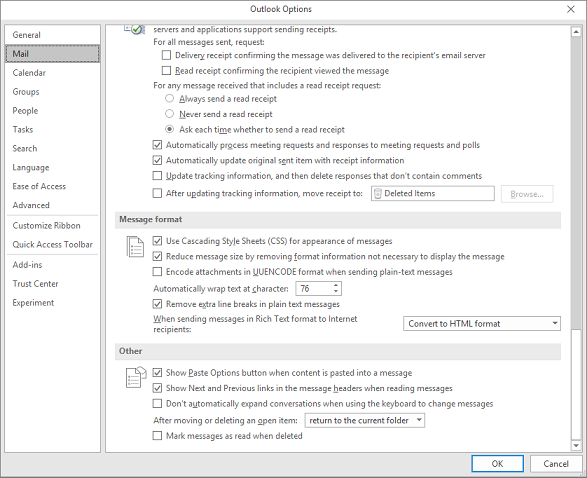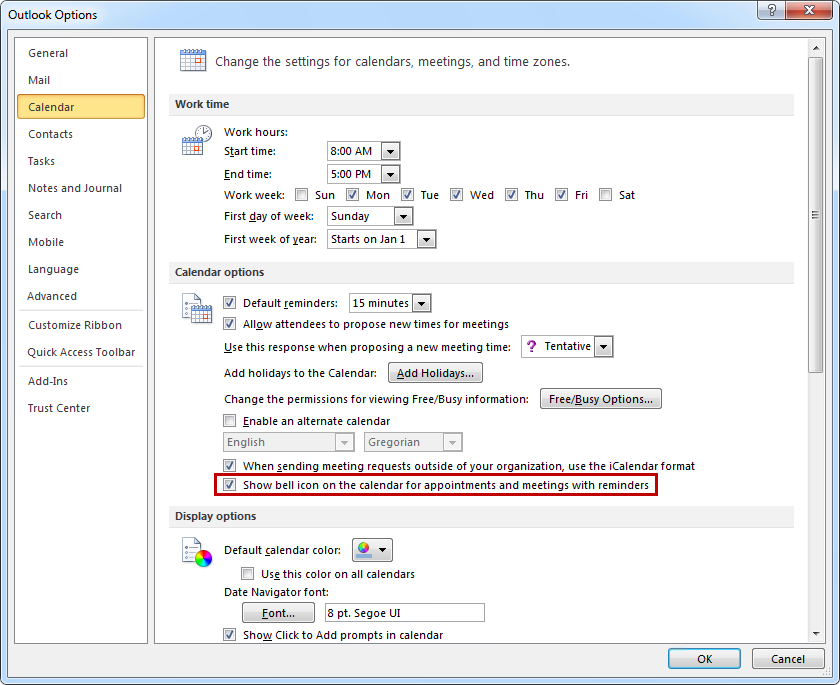

Now it’s time to add the command to the new button. You’ll be presented with a number of options, in the Display Field enter the new name for your option.Ĭlick OK and your option will be renamed. Highlight the option by left-clicking your mouse and click Rename. If you prefer, you can rename this option so it’s more descriptive.

To reorder where the New Group option appears, left-click it and drag it into the position you want.

Next, click the New Group button at the bottom of the window. In the Customize Window, highlight Home Mail tab. In the Options window, click Customize Ribbon. On the Sidebar to the left of your screen, click Options. There’s a command for this that you can add to your Ribbon Bar: Open Outlook and click on the File tab. Let’s say you use email forms all the time in your communications. If you want to make the same customizations in your other Office applications, you must open each of them to make the same changes. Note that when you customize your ribbon in Outlook, these changes won’t be visible in Excel or PowerPoint. We’re going to go into more detail below. For some basic directions on customizing tabs on your Ribbon click here. You can also hide those that you don’t use often. You can personalize your Ribbon to order the tabs and commands the way you want them. Click it and now your Ribbon will always show in Outlook (unless you decide to hide it again.) You’ll see a little pin in the upper right. Here you can see that the Ribbon Bar is missing: The Ribbon in Outlook 2016 is hidden by default to give you more vertical space, so you’ll want to change this. When you place the commands that you use most often in the Ribbon Bar, you can save time and increase your productivity.īefore you begin, make sure the Ribbon is displayed. That is unless you customize the Ribbon Bar in Outlook 2016. Sending emails can take up a lot of time and be really frustrating if you have to go searching for hidden commands buried in mouse clicks, buttons and tabs. It’s expected that 43 emails will be sent each day, at an average of five an hour, or one about every 10 minutes.Īnd, if you do email marketing add a lot more to these numbers.By 2018, 97 emails will hit inboxes each day, at an average of 12 emails every working hour.Workers receive an extra 13 emails a day on average now than in 2011.The average number of business-related emails both sent and received will rise from 121 each day today, to at least 140 each day in 2018.Here are some interesting statistics highlighted in the Report: How many emails do most business people send each day?Įmail is the most popular form of business communication and it’s going to increase according to the 2014-2018 Email Statistics Report, by The Radicati Group.


 0 kommentar(er)
0 kommentar(er)
